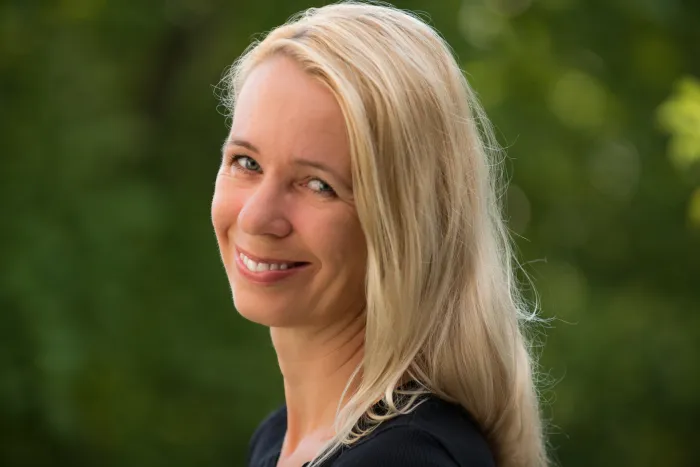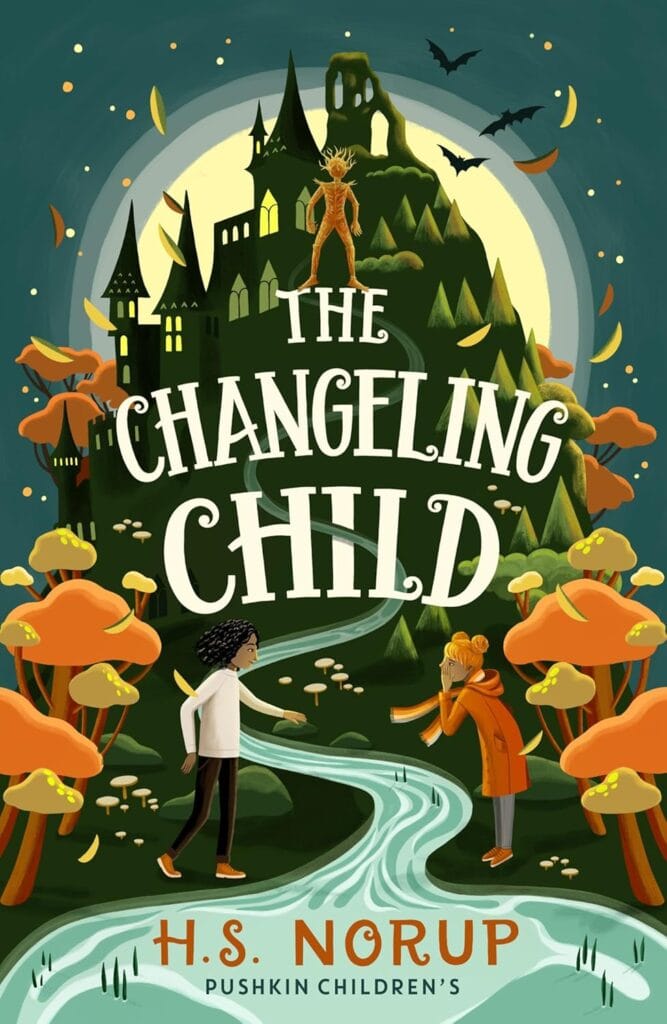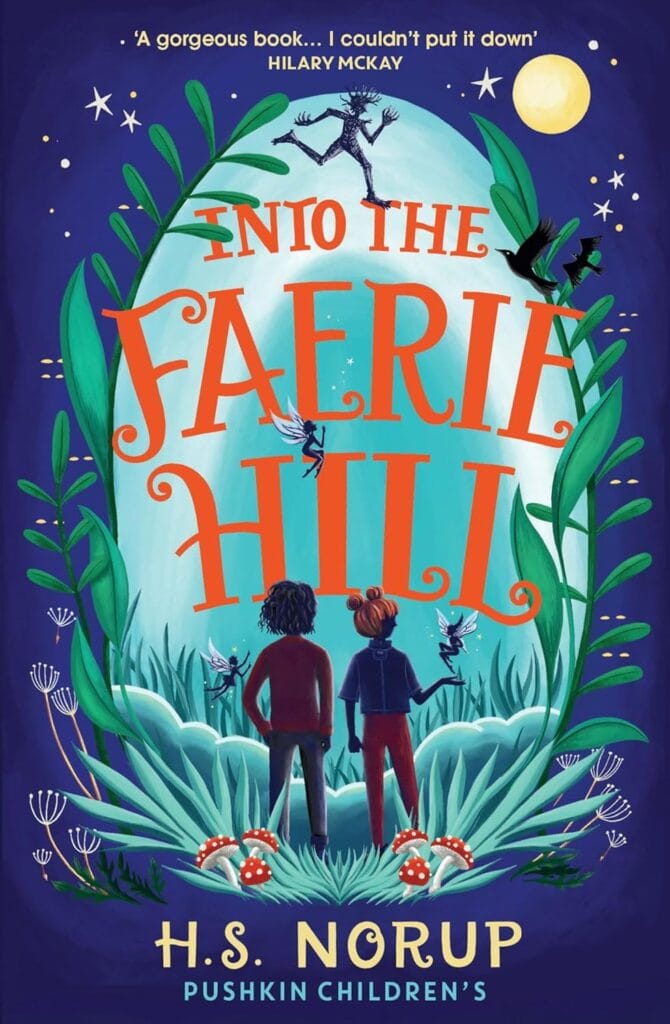
When I’m writing the first draft of a story, much of the work happens away from my desk. I think about the plot while I go for long walks or bake or cook. So, I thought it would be interesting to describe the inspiration for my Faerie Hill books as the ingredients in a meal. There are quite a few and some have been marinating for a long time.
Ingredients that are specific to this meal and its unique flavour, are the characters. The first of these to appear (in a writing workshop in 2016) was a water sprite who lived in a river and filtered the water with her endlessly long hair.

Then sometime in 2019, I had a clear vision of a girl in a forest with a tree sprite by her side. The girl, who became Saga, was picking up litter, because she loved nature and because she knew our rubbish might harm the faeries.
But, after writing two books from the perspective of nature-loving girls (and after complaints from my sons), I wanted to write a story with a boy protagonist who was not at all comfortable in nature. And so, Alfred was born. Like me and my children, Alfred had moved around a lot and felt a little out of place wherever he lived. He had also developed an uncanny ability to melt into the shadows and become invisible whenever he was uncomfortable—something I remember wishing I could do—and, crucially, he could see and hear faerie creatures.
Together these characters brought the story to a simmer. The thoughts that emerged while I stirred the pot were: What if the way we humans treated nature affected the faerie realm? And what if the faeries decided to fight back?
Nature as a setting and concerns for our environment are the greens and veggies that make up much of this meal. I have been lucky to travel to many fascinating places and explore nature on several continents. Awe-inspiring dripstone caverns and mountains, idyllic or sinister forests and wild rivers give the landscapes in my books their distinct shapes.
But the wonder of our “ordinary” nature, the things we can discover in our local woodlands or parks or gardens are the fresh greens that are scattered in whole handfuls throughout. They include all the incredible details that become apparent if we stop and look closely at nature: the variety and beauty of butterflies and moths and flowers, the patterns in tree bark, the life in moss-covered boulders. I could go on. And I do, when I talk to children at school visits, where I show them photos of my Lego mini-figure Saga and Alfred in my local forest. From a mini-figure perspective, a stick across a tiny stream becomes a tree trunk crossing a dangerous river. An overgrown boulder becomes a mountain to be climbed. Everyday nature becomes interesting, even magical.

I believe that if we want children to care about the natural world and fight to protect it, they must first learn to love it.
My larder includes the oldest ingredients: the books I read as a child. I have always loved fairy tales—dark fairy tales—and books that are set in the real world with portals into other realms. C.S Lewis’s The Lion, the Witch and the Wardrobe and Michael Ende’s The Neverending Story, were among my favourite books when I was a middle-grade reader. In hindsight, there are parallels between the nothingness (caused by lack of imagination in the real world) in Michael Ende’s book and the desolation (caused by destruction of nature) in my faerie realm. And perhaps my faerie woodcarvings have borrowed some of their spirit from the Narnia stone sculptures.
Faerie folklore with fearsome faerie creatures, like those depicted in Froud and Lee’s book Faeries, and old tales about changeling children are further ingredients that have marinated in my mind for years.

Finally, some ingredients are staples in all the dishes I serve. Those are the themes that always (whether I plan them or not) can be found in my books: friendship (often between unlikely allies), family (explored in various configurations), belonging, and caring for nature and the environment.
I can’t reveal the exact measures or explain the method for preparing the meal. With this list of ingredients, the books have become complex dishes. Early tasters have described them as rich, exciting, magical, fun, sinister, heartwarming, empowering and enchanting. I hope they are also to the tastes of new readers.
Reading guides are available for both Into the Faerie Hill and The Changeling Child here!
About THE CHANGELING CHILD:
THE CHANGELING CHILD is the second adventure set in the world that was introduced in INTO THE FAERIE HILL. It is set in and around a place that the locals call the Faerie Hill as well as in the land of Faerie. In this book, eco-warrior Saga is as much the protagonist as Alfred, who is still searching for answers about his faerie heritage. The adventure kicks off when the self-important mayor announces plans to turn the entire Faerie Hill into a giant tourist attraction. Plans that threaten the local woodland and of course the faeries. The fearsome faeries. To stop these plans, Alfred is forced to venture deep into the faerie realm, while Saga must unravel a mystery that may just be the key to saving both the natural world and the faeries.
About H.S. Norup:
H. S. Norup is the award-winning author of Into the Faerie Hill, The Hungry Ghost and The Missing Barbegazi – a Sunday Times Book of the Year in 2018. She grew up in Denmark, where she devoured fairy tales and escaped into books. After living in six different countries, she now resides in Switzerland and writes stories inspired by her travels, set in the borderlands between the real and imaginary worlds. When she’s not writing or reading, she spends her time outdoors either skiing, hiking, swimming or taking photos.

